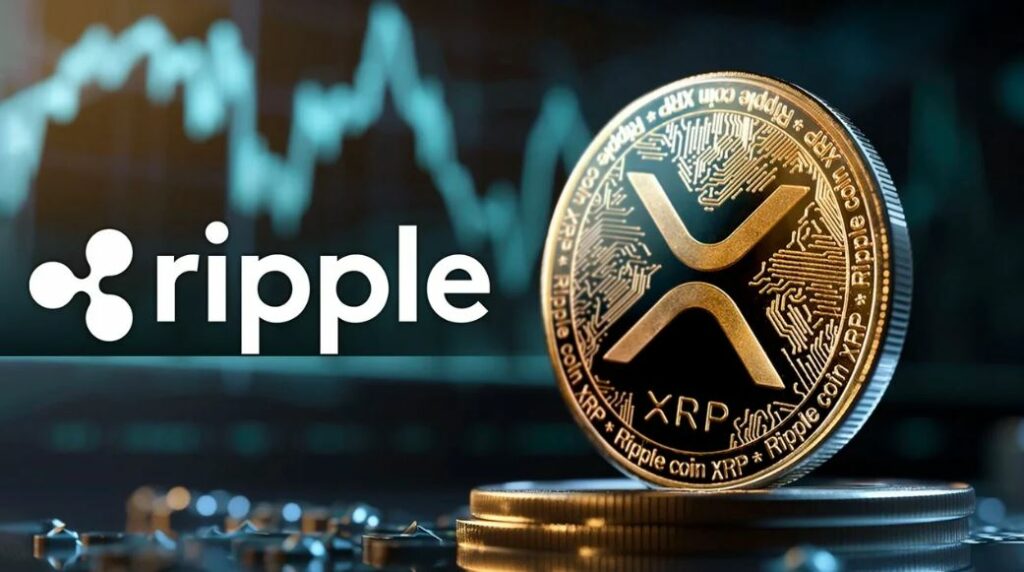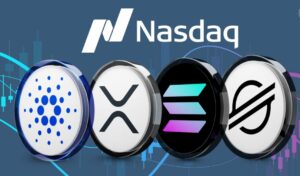
The long legal battle between Ripple Labs and the U.S. Securities and Exchange Commission (SEC) has finally come to an end. With the SEC officially dropping its remaining charges against Ripple executives, XRP holders have a reason to celebrate.
But beyond the legal victory, a critical question remains: Did XRP truly win, or did it just survive? While Ripple has overcome a major regulatory hurdle, challenges regarding XRP’s decentralization, utility, and long-term value still persist.
Ripple’s Legal Win: A Game Changer or Just a Survival Move?
Ripple’s case with the SEC started in December 2020, when the regulator accused Ripple of selling unregistered securities in the form of XRP. The lawsuit dragged on for over three years, creating uncertainty for both the company and XRP investors.
In July 2023, Ripple achieved a partial victory when a judge ruled that XRP was not a security in most cases. However, the legal battle continued over its institutional sales of XRP, leaving the market in suspense.
Finally, in March 2024, the SEC decided to drop its remaining charges against Ripple’s top executives. This marked the official end of the case, bringing relief to Ripple and its supporters.
While this is a huge win from a legal standpoint, it does not automatically guarantee XRP’s long-term success. A legal victory is just one step forward, but real adoption and market growth will be the true tests of XRP’s future.

Is XRP Still Too Centralized?
One of the biggest concerns surrounding XRP is centralization. Unlike Bitcoin and Ethereum, which are decentralized and governed by their respective communities, Ripple has played a key role in controlling XRP’s development and ecosystem.
This has led many to question whether XRP truly operates independently or if it remains under Ripple’s influence. Even its own Chief Technology Officer, David Schwartz, has acknowledged this issue. In the past, he stated:
“Ripple can, will, and should act in its own interest… You should not expect it to act in your interest to the detriment of its own interest or those of its shareholders.”
His words highlight the reality that Ripple operates as a company with its own priorities, and those priorities may not always align with the interests of XRP holders.
Ripple’s New Strategy: Stablecoins and Smart Contracts
Now that the lawsuit is behind them, Ripple is shifting its focus toward new financial products and technologies. One of its latest moves is the launch of a new stablecoin called rlUSD, which is fully backed and designed for enterprise use.
At the same time, Ripple is working to make the XRP Ledger compatible with Ethereum smart contracts. This would allow developers to build decentralized applications on the network, potentially increasing XRP’s use case.
While these innovations may sound promising, many in the crypto space believe they are simply catching up rather than breaking new ground. Ethereum has had smart contracts since 2015, and leading stablecoins like USDT and USDC already dominate the market. The big question is whether Ripple can truly compete or if it is just following trends to stay relevant.
Who Really Benefits? Institutions or Retail Investors?
Ripple’s long-term strategy seems to focus more on institutional adoption rather than retail investors. The company is forming partnerships with banks and payment providers to improve cross-border transactions and bring blockchain technology into the financial system.
This approach has clear advantages. Institutions bring large-scale adoption and financial stability, which could help strengthen XRP’s position in the market. However, some retail investors worry that its success may not necessarily translate into higher XRP prices.
If this firm continues to prioritize partnerships with financial institutions, will XRP holders benefit? Or will the main advantages go to banks and payment processors while XRP’s price remains stagnant? These are important questions for investors to consider.
Regulatory Clarity: A Victory, but Not a Guarantee
One major benefit of this legal win is that XRP now has regulatory clarity in the U.S. This means XRP is no longer under legal threat from the SEC, which could encourage more companies to use it in financial transactions.
However, regulatory approval alone does not automatically lead to higher adoption or price growth. XRP must still compete with other cryptocurrencies that offer similar or better solutions in the payments industry.
What’s Next for XRP?
With the SEC lawsuit behind it, Ripple now has the freedom to expand its business and develop new financial products without legal distractions. However, the road ahead is not without challenges.
XRP still faces tough competition from Ethereum, stablecoins, and other blockchain payment solutions. Concerns about centralization remain, and it is unclear whether Ripple’s institutional focus will benefit retail investors in the long run.
While the legal battle is over, the real test for XRP is just beginning. Its future will depend on whether it can gain real-world adoption and prove its value beyond the courtroom.
Did XRP truly win? Or is its biggest challenge still ahead?























